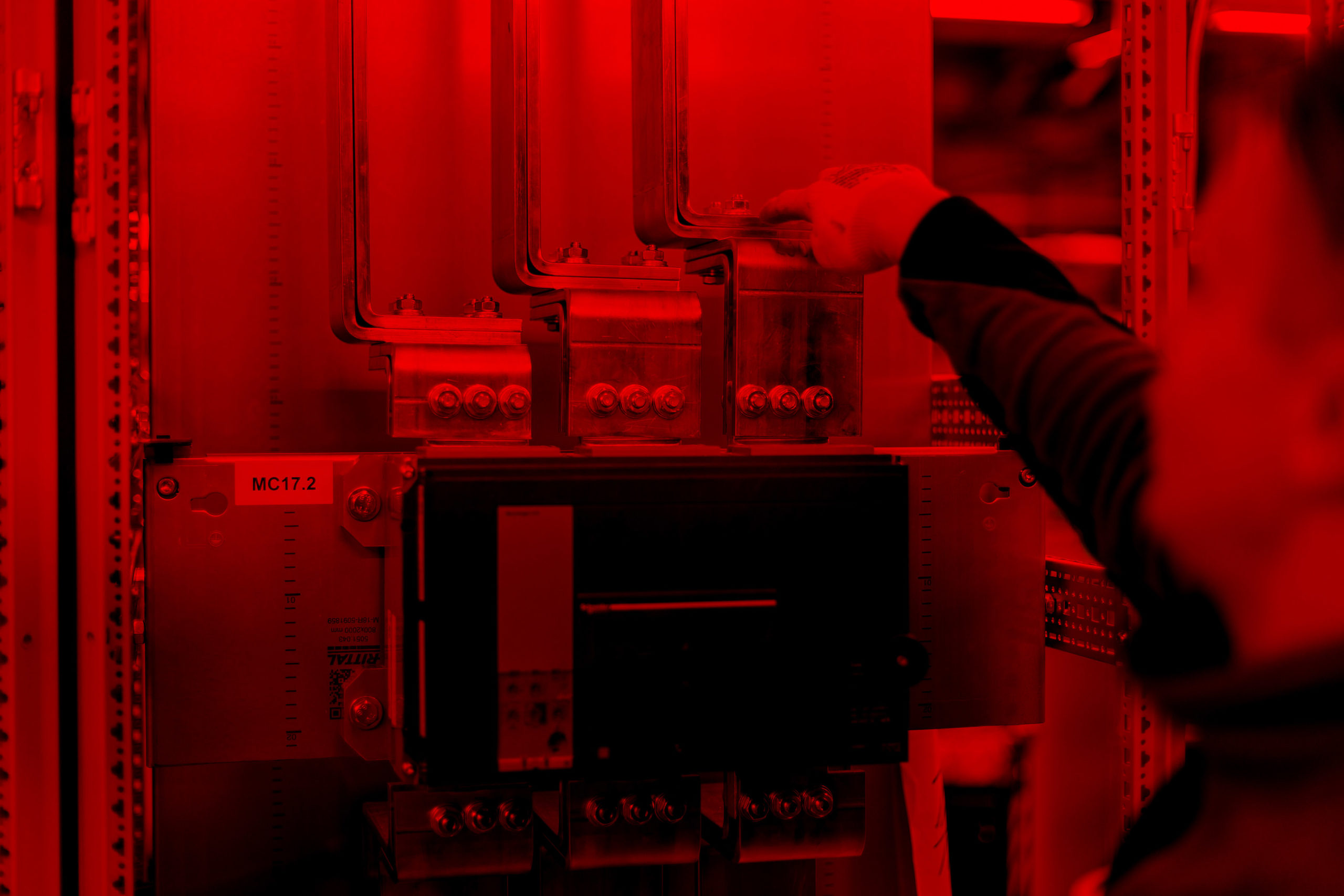[vc_row][vc_column][vc_column_text]
Discover. Prepare. Explore. Realise. Deploy. Run.
That is the S/4HANA project summed up in six words. The reality, however, is slightly more complex – and the level of complexity increases along with the size of the organization. Some stages are technically similar in every S/4HANA project, others require a unique perspective, more effort, and meticulous planning.
Moving to a new updated SAP system – whether you’re an old SAP user or new to it – is never a quick, simple task. But it doesn’t have to be unbearably difficult either.
Together, Neomore’s experts and SAP itself will guide you through the process so that you’ll come out the other side with a fully functional SAP S/4HANA running smoothly across the entire organization.
Why, what, and how – laying the groundwork for the S/4HANA project
Whether the organization is already using an older SAP and updating its ERP system, or they are new to SAP, the key to a successful S/4HANA project lies in the preparation work.
Instead of diving headfirst into the deep end right away, there’s homework to be done. The organization needs to consider what moving to the S/4HANA means for them in practice.
- Why are we moving to the new intelligent ERP system?
- How much additional value will this create?
- What information needs to be moved?
- How will all of this be executed?
- Are we ready for this change – both technically and emotionally?
But fret not, you’re not alone.
In addition to many other services, SAP provides a Movement Program which prepares organizations to answer these questions. Add Neomore’s knowhow and support to the mix and you’re ready to embrace the brave new world of S/4HANA.
– The SAP S/4HANA project is more than a technical process – it requires understanding within the organization about what they want and why they want it, says Olli Syrjänen, Senior Consultant at Neomore.
Persistent work reaps the benefits at the end
Once the basic framework of the project is clear, we venture deeper and deeper into the SAP’s processes to pinpoint the things that require further attention. SAP provides a wide range of tools for investigating and validating the system readiness.
With constant end-to-end testing we assure that everything works as desired.
The biggest mountain to climb is moving the master data into the new system. The technical work takes up a lot of effort since all the old master data isn’t automatically compatible with the new S/4HANA.
At this point, it is also crucial to know what data needs to be transferred and how it ought to be organized. Other crucial areas in the process are e.g. processes and functional features as well as technical landscape.
As cool as the new system is, it is of little use without profound user training. The S/4HANA offers a plethora of automation options, but at the end of the day it takes human understanding to utilise all the available solutions. Even the best features are trivial if no one in the organisation can use them and understands the value they can add to everyday operations.
Even after the S/4HANA is up and running, there is still work to be done. Things don’t change overnight since the learning curve continues. But it’s all worth it – congratulations, you have now entered the modern SAP era. Enjoy!
Bonus: SAP makes learning fun by gamifying it
SAP has taken an active role in helping users and organizations to get started with the S/4HANA as effectively and effortlessly as possible by offering concrete help, such as tools and guides – and games.
For example, SAP has harnessed the allure of eSports to help users get comfortable with the S/4HANA. It facilitates business simulation gaming sessions where teams aim to sell as many water bottles as they can.
Part of this is all fun and games (literally) but SAP’s simulation also serves a more serious purpose: the players can experience first-hand what the modern-day SAP is like, what you need to know about the S/4HANA, why it creates more value for the end users than the old systems, and how to use it effectively.
Game on.
[/vc_column_text][/vc_column][/vc_row]
